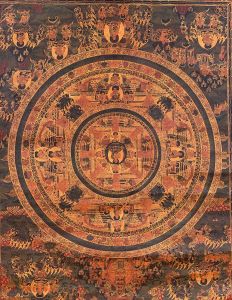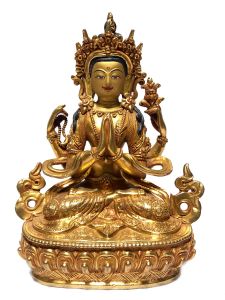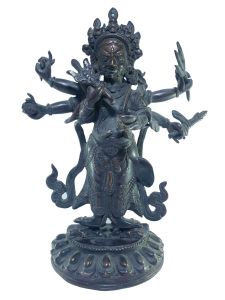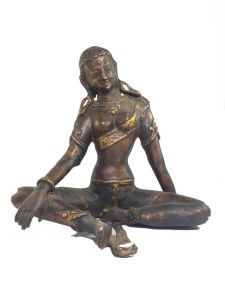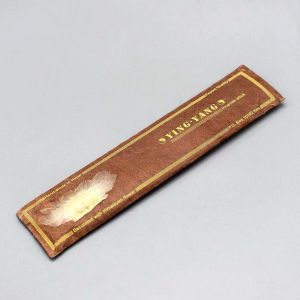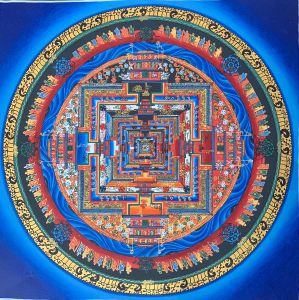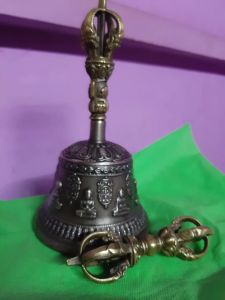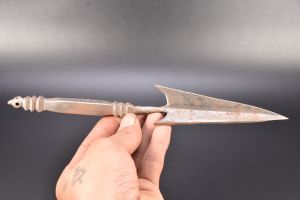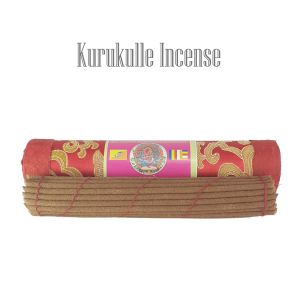Clay Statue of Vajrasattva
VAJRASATTVA : BRIEF INTRODUCTION
Vajrasattva is also regarded as Adi-Buddha by Nepalese Bajracharya's who follow Vajrayana tradition according to the text Vajrasattva Kaya. His body is white with one face and two hands. His right-hand holds a five-pronged golden vajra at his heart. His left-hand holds a silver bell at his side. He sits in the Vajraparyanka posture wearing precious silks and ornaments with jewel diadem. His body is adorned with the major and minor marks of a Sambhogakaya and emits a clear limitless light. It appears to lack all notion of substantiality, like the reflection of the moon in the water.
Vajrasattva has a father-mother aspect too. Generally, this form is not exhibited in open. It is shown only to those who are initiated in the Highest Yoga Tantra. His form is the same as in the single one but his consort carries a Kartika in her right hand and a kapala in her left hand.
| Size | 23 x 15cm |
| Material | Clay |





